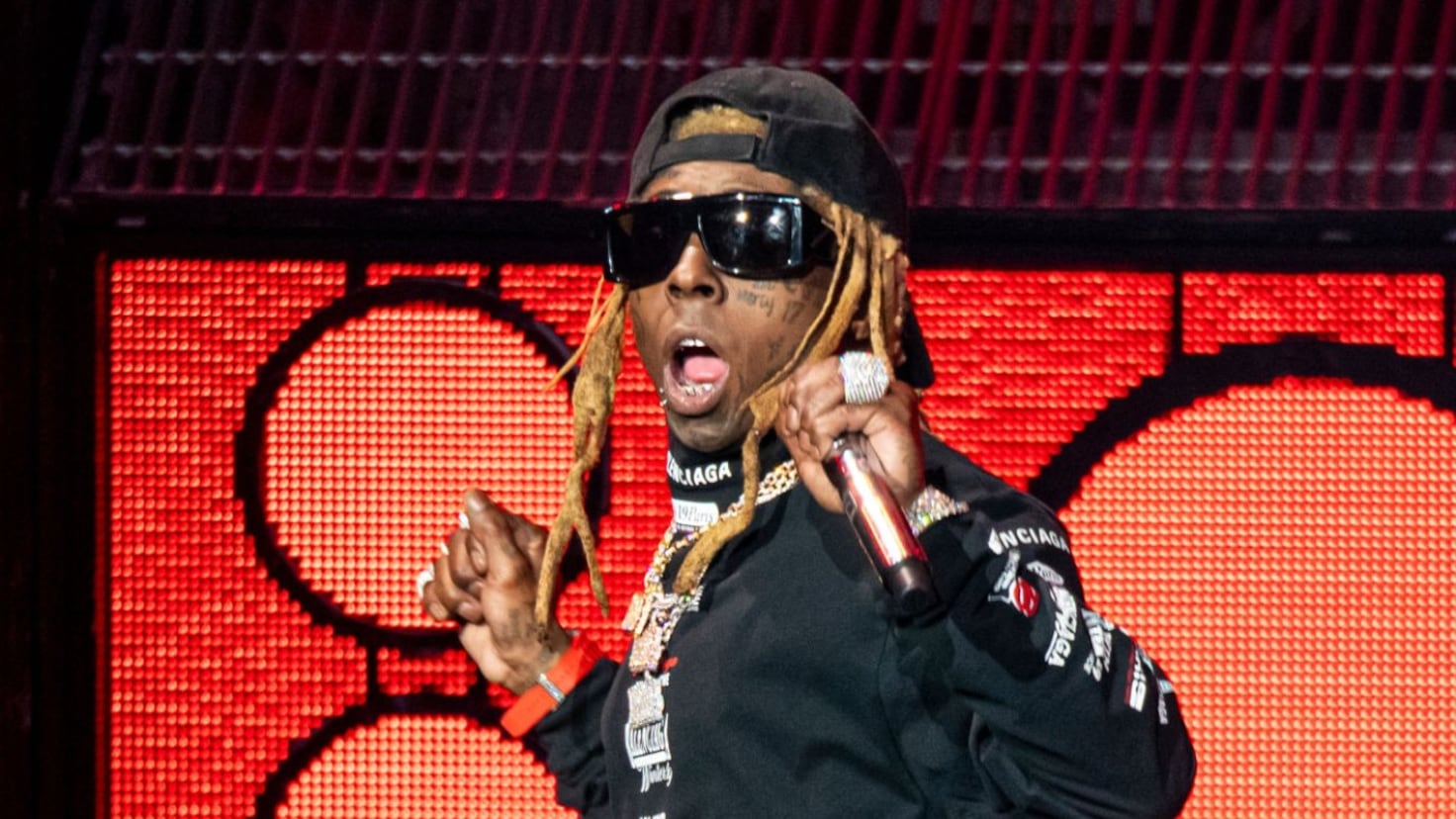How Many People Watched The Halftime Show In 2025? Exploring Future Viewership
The question of how many people watched the Halftime Show in 2025 is already a big topic for many who follow major events, especially those huge cultural moments. People are always curious about the sheer scale of these spectacles, and the Super Bowl Halftime Show, well, it's arguably one of the biggest stages in the world. It pulls in a truly massive audience, often more than the game itself, which is quite something, don't you think?
This particular performance isn't just about music; it's a global phenomenon, really. It brings together families, friends, and fans from all sorts of backgrounds, all tuning in at the same time, just to see what kind of amazing show will unfold. It's a huge part of the Super Bowl experience, and for some, it's actually the main reason they even watch the game, so it's a pretty big deal.
So, trying to pin down an exact number for 2025 right now is, you know, a bit like trying to guess the weather a year from now – it's tough, virtually impossible to be precise. But we can certainly talk about what makes these numbers so big, how they're usually counted, and what sorts of things might push the viewership up or down in the future. It's a pretty interesting thought exercise, actually.
Table of Contents
- Understanding Halftime Show Viewership
- What Makes a Halftime Show a Big Draw?
- How Viewership is Measured
- Factors Influencing 2025 Halftime Show Numbers
- The Meaning of "Many" in Viewership
- Frequently Asked Questions (FAQs)
Understanding Halftime Show Viewership
When we talk about the Halftime Show, we're discussing an event that, honestly, sometimes gets more buzz than the football game itself. It's a moment when the entire country, and indeed, parts of the world, pause to watch a single, grand performance. This scale makes the viewership numbers incredibly important for advertisers, networks, and even the artists themselves, as a matter of fact.
These numbers give us a sense of just how many eyeballs are fixed on the screen, which then translates into advertising dollars and cultural influence. It's a snapshot of a collective experience, you know, where millions of people are sharing the same live moment. That's a pretty powerful thing, really, in today's rather fragmented media landscape.
Predicting the exact count for 2025, well, that's a bit like predicting the future, but we can look at patterns. We can think about what generally draws a big crowd and what might change in how people watch television and online content. It's a dynamic situation, so it is, and always shifting.
What Makes a Halftime Show a Big Draw?
So, what exactly makes a Halftime Show pull in so many people? It's often a combination of things, but the main act is definitely a huge part of it. When a truly iconic artist or group takes the stage, someone with a massive global following, that pretty much guarantees a lot of interest. Think about the conversations that start weeks before, just about who might perform, for instance.
Then there's the element of spectacle. These shows aren't just concerts; they're incredibly elaborate productions with stunning visuals, intricate choreography, and sometimes even guest appearances that surprise everyone. It's a visual feast, you know, designed to keep people glued to their screens. They really go all out, typically.
And let's not forget the cultural moment aspect. The Halftime Show often becomes a talking point for days, even weeks, after the Super Bowl. It's something people discuss at work, on social media, and with their friends. This shared experience, this watercooler talk, actually builds anticipation and curiosity, making more people want to tune in, even if they're not big football fans, in a way.
How Viewership is Measured
Measuring how many people watch a big event like the Halftime Show is actually a complex process, not just a simple count. Traditionally, companies like Nielsen have used a system of household panels to estimate television viewership. They collect data from a sample of homes, and then they project that data to represent the entire population, which is how they get those big numbers, you know.
However, with the rise of streaming services and various digital platforms, the picture has gotten a lot more intricate. Now, they also have to account for people watching on phones, tablets, computers, and smart TVs through apps. This means combining data from linear TV broadcasts with digital streams, which can be quite a challenge, to be honest.
The total number reported for the Halftime Show usually tries to capture all these different ways people watch. It's an effort to give a comprehensive view of the audience, but it's always an estimate, a very educated guess, really. So, when you hear a number, remember it's a carefully calculated figure, not a literal head count, or anything like that.
Factors Influencing 2025 Halftime Show Numbers
Looking ahead to 2025, several key elements will likely play a role in how many people tune in for the Halftime Show. These factors are always shifting, and their combined effect can really make a difference to the final viewership count, in some respects.
The Power of the Performer
The choice of the Halftime Show performer is, perhaps, the most significant factor. An artist with a huge, dedicated global fanbase, someone who consistently generates buzz, will almost certainly draw a larger audience. Think about how much excitement a truly iconic name can create, you know, even months before the event. Their popularity and recent music releases can absolutely influence the numbers, sometimes quite a lot.
If the chosen artist has a history of spectacular live performances or is currently at the peak of their career, that can really boost interest. People will tune in just to see what kind of show they put on, regardless of the game. It's a pretty strong pull, actually, when the performer is a major cultural figure.
The Game Itself
Believe it or not, the actual football game can also affect Halftime Show viewership, even though many people watch just for the performance. A close, exciting game that keeps viewers on the edge of their seats tends to hold onto its audience through halftime. If the game is a blowout, where one team is winning by a lot, people might be more inclined to switch channels or do other things during the break, you know?
Also, the teams playing can make a difference. If two highly popular teams, especially those with large fan bases across the country, are competing, that naturally brings more general interest to the entire broadcast, including the Halftime Show. It's all connected, in a way, the game and the show.
Streaming and Digital Platforms
The way people consume media is constantly changing, and this will definitely impact 2025 viewership. More and more people are cutting the cord and relying on streaming services, which means the traditional TV ratings might continue to see shifts. The ability to watch the Super Bowl and Halftime Show live on various apps and websites is becoming increasingly important, you know, for reaching a broader audience.
The challenge for measurement companies is to accurately capture all these different streams and combine them with linear TV numbers to get a true total. As technology evolves, so too must the methods for counting viewers. It's a constant effort to keep up with how people watch, basically, and that will be a big part of the 2025 count.
To learn more about media consumption trends on our site, you can find more details there. It's a fascinating area, honestly, how quickly things change.
Social Media Impact
Social media plays a huge role in building hype and driving viewership for events like the Halftime Show. The buzz generated on platforms like X (formerly Twitter), Instagram, and TikTok before, during, and after the show can be immense. People share predictions, reactions, and clips, creating a collective experience that encourages others to tune in, or at least check out what's happening.
The real-time commentary and discussions often become part of the entertainment itself. A memorable moment during the show can go viral instantly, sparking conversations that draw even more attention to the event. This organic spread of interest is a powerful tool for boosting viewership, and it's something that will surely be a factor in 2025, you know, with how much people use these platforms.
You can also find more information about the influence of digital platforms on live events on this page. It really highlights how interconnected everything is now.
The Meaning of "Many" in Viewership
When we ask "How many people watched the Halftime Show in 2025?", we're really asking about "many" in its core sense. "Many" is a word we use to talk about a large, but often indefinite, number of things that we can count. In this case, we're counting people, which are certainly countable units, you know?
It's interesting because the exact number, the precise count, isn't known until after the event, and even then, it's a projection. So, the concept of "many" perfectly fits here: it refers to a large number of individuals, but the exact figure remains a bit of a mystery until the official reports come out. We use it very commonly in questions like this, asking about a large group, for instance.
You wouldn't ask "how much people," because "people" are countable, right? You ask "how many." This highlights that we're talking about a collection of distinct viewers, each one adding to that grand total. So, when the number is eventually released, it will represent a truly large, a very significant, count of individuals who collectively watched the show, more or less.
Frequently Asked Questions (FAQs)
Q: How do they count Halftime Show viewers?
A: Viewership is counted using a mix of traditional methods, like household panels from companies such as Nielsen, and increasingly, digital analytics from streaming platforms. They combine these data points to get an estimated total audience across all viewing methods, so it's a pretty comprehensive approach, actually.
Q: Does streaming count towards the total viewership?
A: Yes, absolutely. In today's media landscape, streaming viewership is a very important part of the total count. Networks and measurement companies work hard to include data from various digital platforms, like apps and websites, to give a more complete picture of how many people are watching, you know, beyond just traditional television.
Q: What was the highest-watched Halftime Show ever?
A: The "highest-watched" Halftime Show can actually vary depending on how the viewership is measured and what specific metrics are used. Different reports might focus on linear TV, or include digital streams, or even just a specific part of the performance. Viewership records are often debated and updated as new measurement techniques emerge, so it's not always a single, clear answer, to be honest.

2025 Halftime Show Superbowl - Hana Kinsley

2025 Super Bowl Halftime Show Performers History - Rolando Tremblay

2025 Halftime Show Superbowl - Seth K Monash